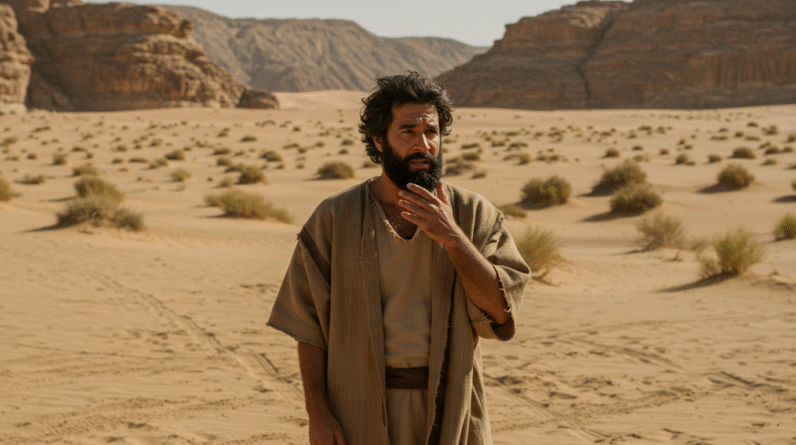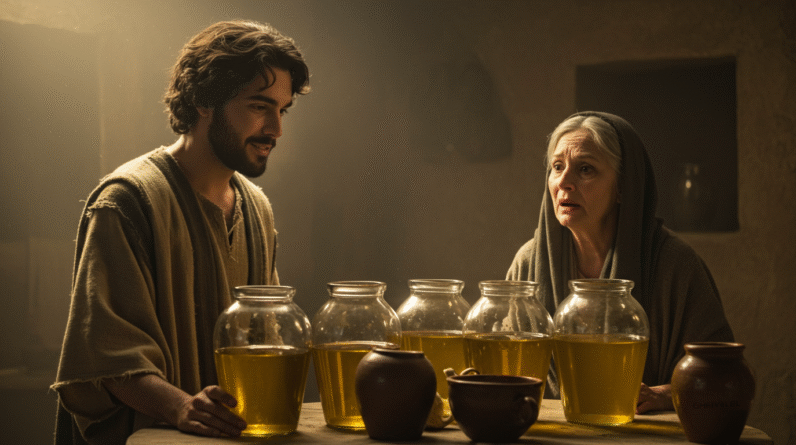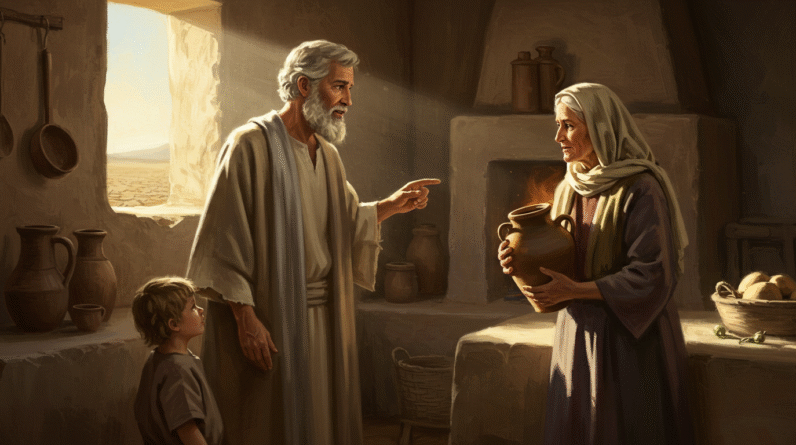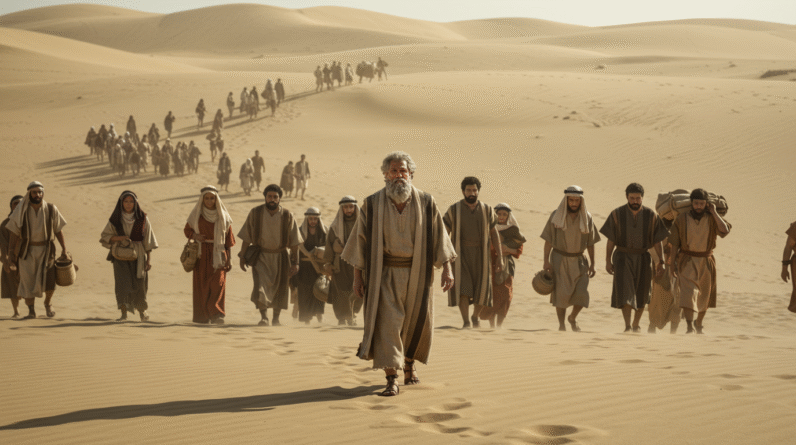Explore Ezekiel’s vivid visions and the Valley of Dry Bones, uncovering themes of hope, renewal, and spiritual revival during Israel’s exile in a conversational style.
Ezekiel: Visions and Valley of Dry Bones

Introduction
Ezekiel, a prophet whose life unfolded during a critical period of Israel’s history, is renowned for his vivid visions and powerful messages from God. As one of the major prophets of the Old Testament, his ministry intersected with the tumultuous time of the Babylonian exile. Ezekiel’s significance lies not only in his role as a conduit for divine revelation but also in how his messages resonate with themes of hope, restoration, and spiritual renewal. A key verse that encapsulates the essence of his mission is found in Ezekiel 37:4-5: “Then he said to me, ‘Prophesy to these bones and say to them, ‘Dry bones, hear the word of the Lord! This is what the Sovereign Lord says to these bones: I will make breath enter you, and you will come to life.'”
Historical Background
Ezekiel lived during a time of immense upheaval in the early 6th century BC when the Jewish people were exiled to Babylon after the destruction of Jerusalem. This period marked a significant shift in the cultural and religious landscape of the Israelites. The exile challenged their identity and faith as they lived in a foreign land dominated by different customs and beliefs. Ezekiel, himself a priest, was taken into captivity around 597 BC, along with King Jehoiachin and many others. It was in the heart of Babylon, by the Kebar River, that Ezekiel began his prophetic ministry. His contemporaries included other notable figures such as Jeremiah, who remained in Jerusalem, and Daniel, who rose to prominence in Babylon.
God’s Call and Mission
Ezekiel’s divine calling is among the most dramatic in biblical literature. His journey as a prophet began with a remarkable vision of God’s glory, described in Ezekiel 1:1-3. In his 30th year, while among the exiles by the Kebar River, the heavens opened, and he saw visions of God, which included a magnificent image of a chariot throne carried by cherubim. This encounter was a profound and unsettling experience, marking the start of his mission to speak God’s words to the Israelites. His main message was one of warning and hope — warning of the consequences of Israel’s unfaithfulness, and hope in the promise of restoration and renewal.
Key Events and Prophecies
Throughout his ministry, Ezekiel’s life was marked by a series of symbolic acts and prophecies, many of which involved vivid imagery and dramatic enactments. Among the most significant is the vision of the valley of dry bones in Ezekiel 37:1-14. This vision symbolized the restoration of Israel, breathing life into what was seemingly dead and hopeless. Another notable vision included the prophecy of the reconstructed Temple (Ezekiel 40-48), symbolizing hope and a new beginning for the Israelites. His prophecies often contained elements that were thought to prefigure New Testament events, especially the coming of the Messiah and the establishment of God’s kingdom.
Challenges and Opposition
Despite his clear calling and conviction, Ezekiel faced numerous challenges. He spoke to a community that was often resistant and rebellious, as described in Ezekiel 2:3-7, where God warned him about the stubbornness of the Israelites. Realizing the hardness of their hearts, Ezekiel often performed dramatic symbolic acts to capture their attention and convey God’s message. Additionally, the isolation and struggles of living in exile posed a severe test of faith and endurance. His grief was evident when his wife died, and God commanded him not to mourn openly as a sign to the people (Ezekiel 24:15–24).
Legacy and Impact
Ezekiel’s ministry had a profound impact not only on his contemporaries but also on future generations. His writings contributed significantly to Jewish thought, particularly during and after the exile, influencing the development of Jewish identity and faith in adversity. In Christian theology, Ezekiel’s visions and prophecies are seen as symbolic of spiritual revival and the hope offered through the life and work of Jesus Christ. The imagery of the dry bones coming to life is often viewed as a metaphor for personal and communal revival in Christ. Ezekiel is referenced in the New Testament, and his insights continue to be explored in theological discussions and teachings today.
Lessons from Ezekiel
The life and ministry of Ezekiel offer several enduring lessons for today’s believers. One key lesson is the power of vision and hope. Despite dire circumstances, Ezekiel held onto God’s promises for Israel, reminding us that hope is never truly lost. Another lesson is about the role of obedience. Ezekiel’s unyielding commitment to his calling, performing God’s commands without compromise, serves as a powerful example of obedience. Additionally, we learn about the importance of spiritual renewal. Ezekiel’s message of God breathing life into dry bones symbolizes the transformative power of the Holy Spirit in our lives, encouraging believers to seek continual spiritual growth and revitalization.

Conclusion
Ezekiel stands as a towering figure in biblical history, and his life encapsulates the transformative power of God’s word even in the bleakest of circumstances. His visions paint a rich tapestry of hope and renewal that transcends time, speaking to both the ancient Israelites and to us today. Are you prepared to seek God’s breath of life in your valleys of dry bones? Ezekiel’s story asks us to reflect on our faith and courage in the face of challenges and invites us to embrace God’s transformative power.
Acknowledgment: All Bible verses referenced in this article were accessed via Bible Gateway (or Bible Hub)







